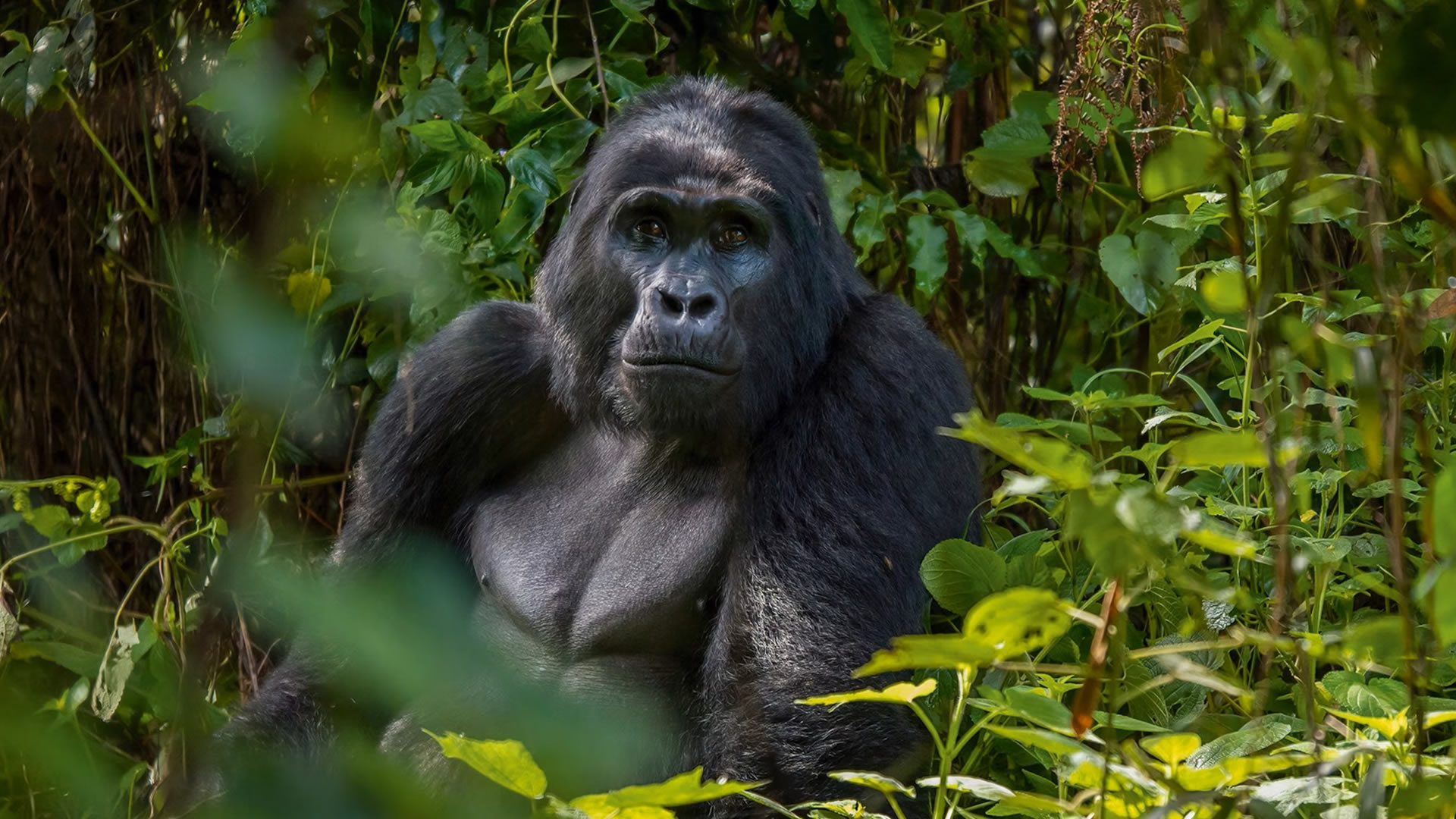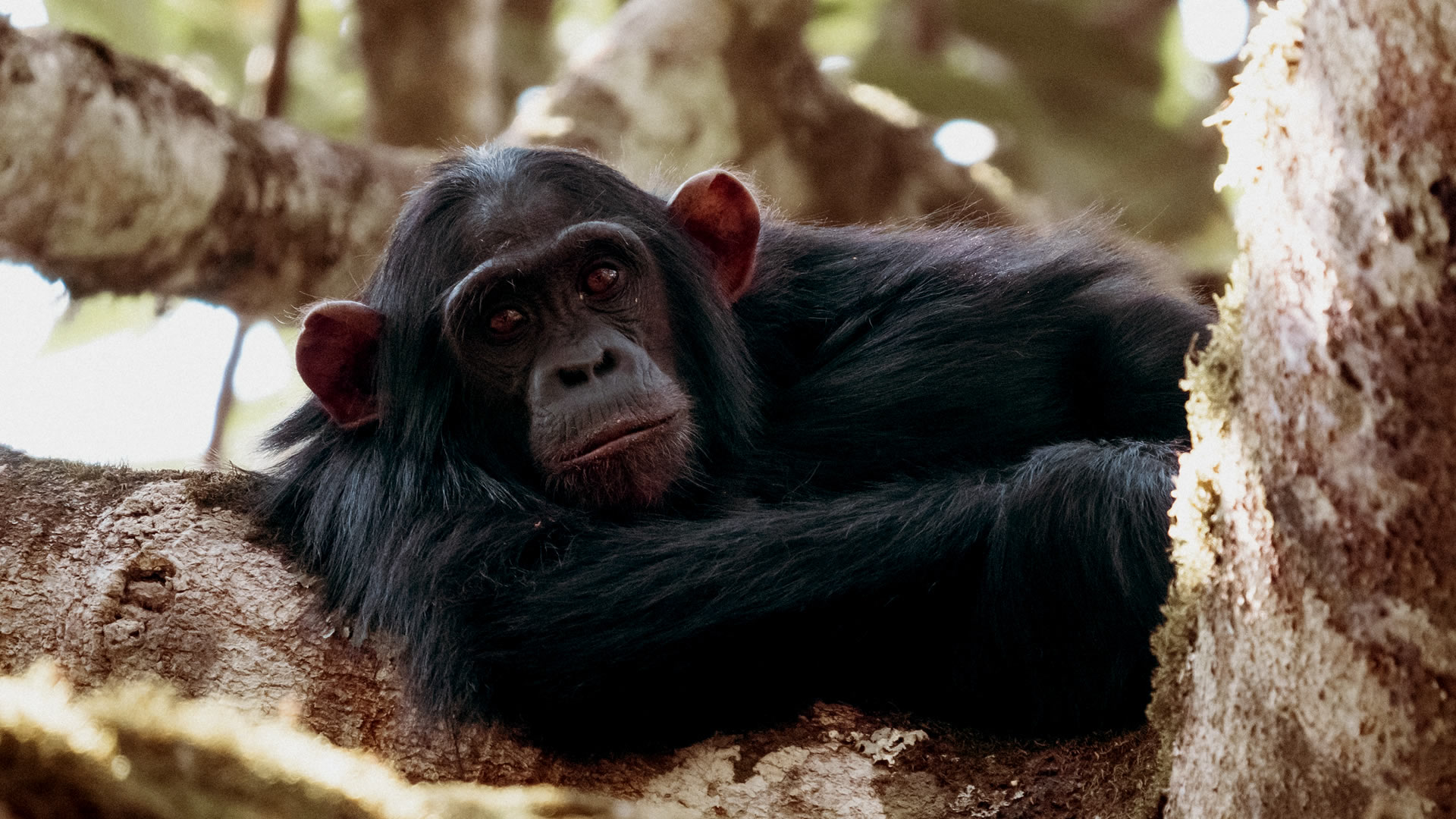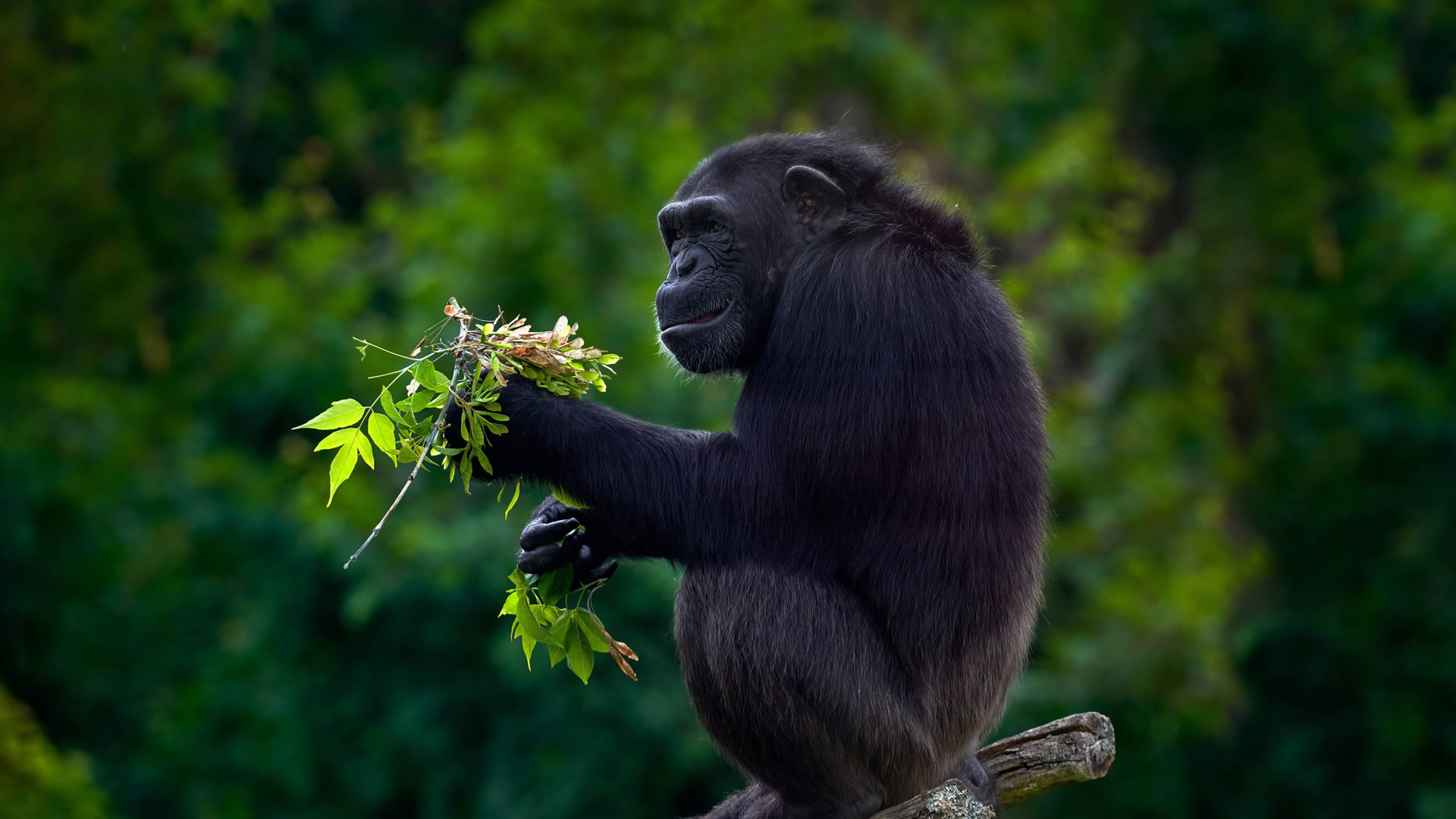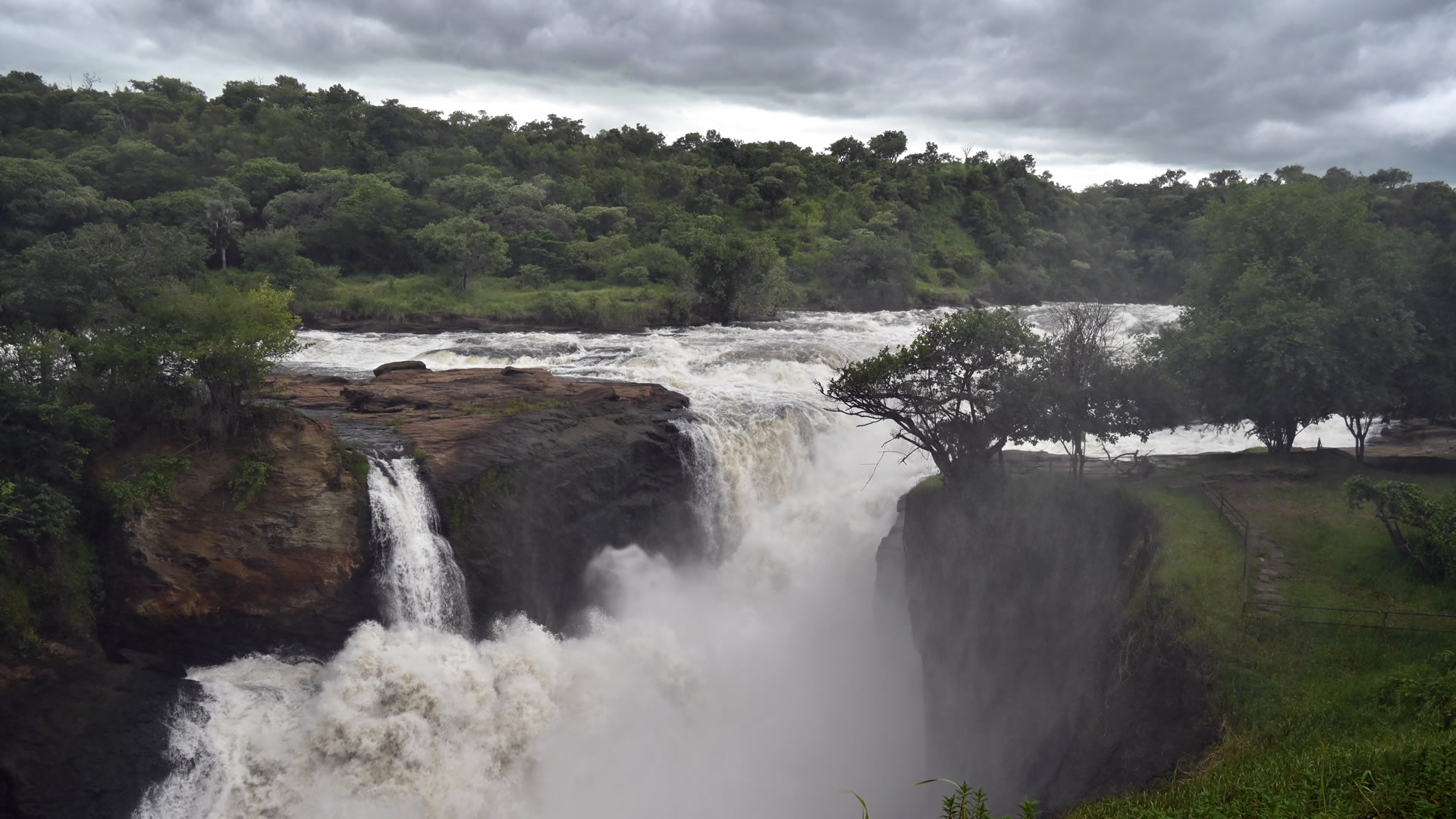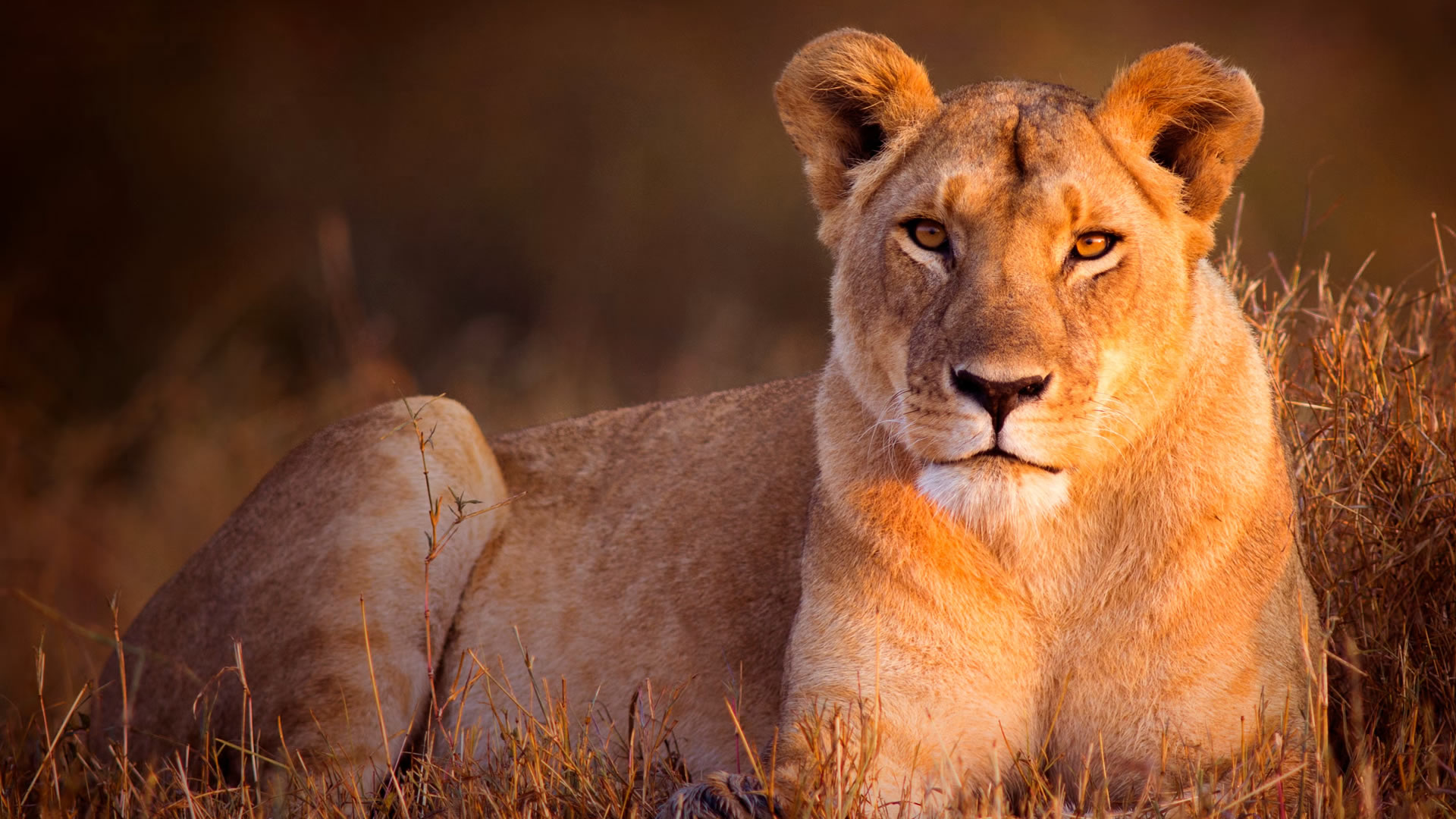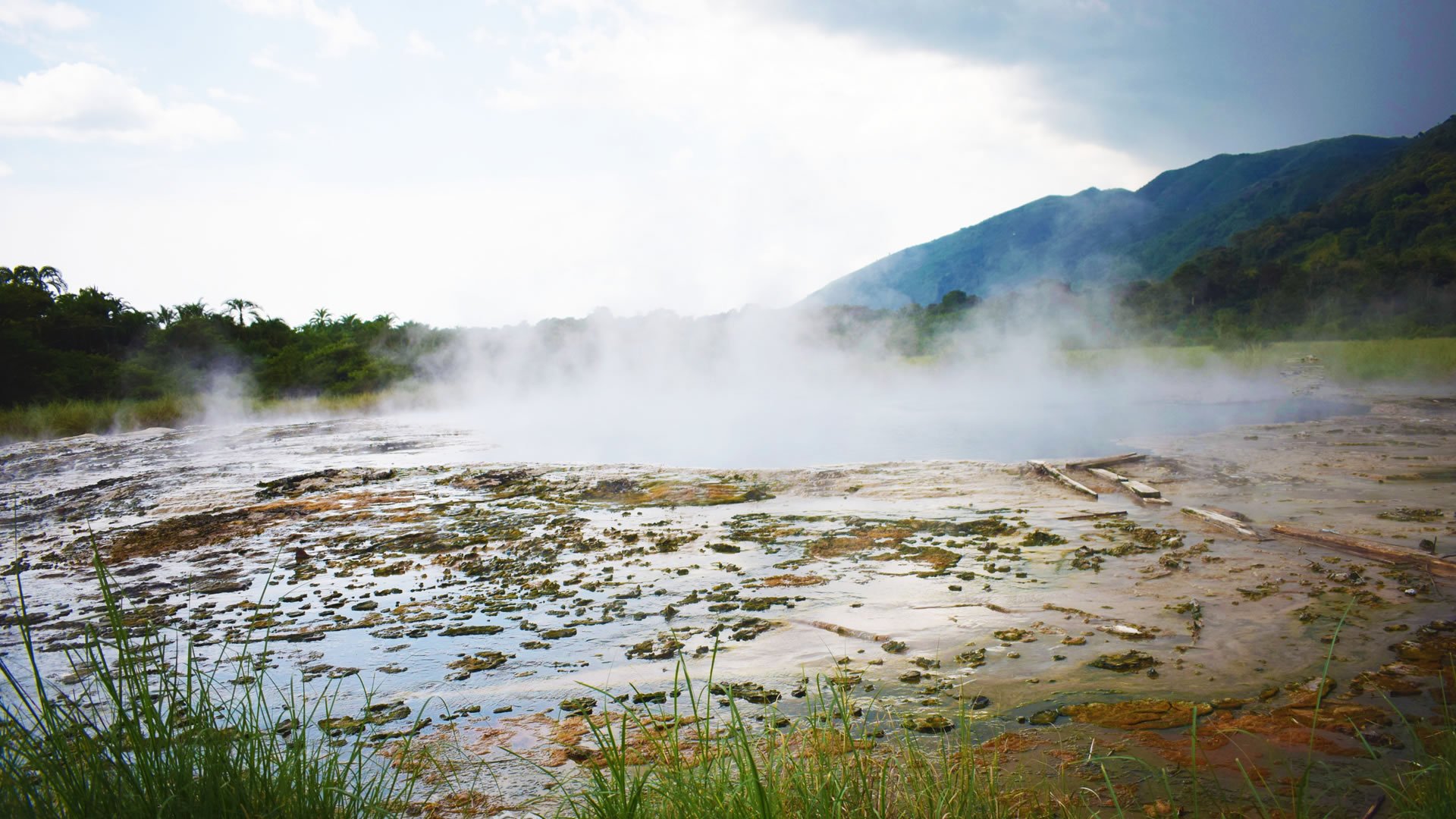Murchison Falls National Park
Murchison Falls National Park is the largest park in Uganda. The park covers an area of 1483 sq miles(3840 sq km). It is located in northern Uganda at the reaches of the Albertine Rift Valley, with its terrain bisected by the Victoria Nile River. The park is a must-see when visiting Uganda. It is renowned for its most powerful Murchison Waterfall, which emits approximately 300 cubic meters of water per second or 11,000 ft3/s and is the park's main attraction. Murchison Falls National Park is also home to four of the “Big Five” (elephants, buffaloes, leopards, and lions), except for the rhinos. Over 73 animal species have been recorded in the park, and approximately 450 bird species, making it a top destination for avid birdwatchers. A variety of primates live in the park, with over 600 chimpanzees.
Murchison Falls National Park
The Murchison Falls National Park is bisected by the Victoria Nile. A boat trip along this atmospheric river brings you to the base of Murchison Falls, where the water squeezes through a narrow gorge before cascading down into the Devil’s Cauldron. Even more impressive is the view of this deafening cascade from the Top of the Falls. North of the river, a cover of rolling grassland is dotted with tall borassus palms. South of the river, the main habitat is dense woodland with forest patches.
Huge herds of elephant and buffalo are common, while lions and leopards are quite often seen in certain areas. The only absentee among the Big Five is rhino, which can be tracked en route at Ziwa Rhino and Wildlife Ranch if you are coming from Kampala. Murchison Falls NP is the world’s most important stronghold for Rothschild’s giraffe, which is often seen moving in large herds. Antelope include Jackson’s hartebeest, defassa waterbuck and Uganda kob. Chimpanzees can be tracked within the greater Murchison Falls Conservation Area at Budongo Forest.
Wildlife Experience
Murchison Falls National Park supports four of the Big Five (only rhinos are absent). Buffalo and elephant are particularly common. A healthy lion population preys on the abundant Uganda kob. Despite being more secretive, leopards are seen with increasing frequency. Other antelope include oribi, Jackson’s hartebeest, defassa waterbuck, common duiker and bushbuck. The Victoria Nile river teems with crocodiles, hippos and waterbirds.
Large herds of the localized Rothschild’s giraffe have long been a feature of the plains north of the Nile and now also occur farther south. Leopards, though far from numerous, are most likely to be seen in the vicinity of Pakuba Lodge. Troops of the localized patas monkey can play on the grassy plains north of the Nile, while the forested riverbank is home to black-and-white colobus. Chimpanzee trekking is available in neighboring Budongo Forest.
Birdlife Experience
Murchison Falls National Park has an impressive bird checklist of more than 450 species. It is one of the best places to look for the shoebill, a massive and prehistoric-looking relative of the pelicans. Shoebills are most often seen on early morning boat trips to the Lake Albert Delta. This and the more popular boat trip to the base of Murchison Falls are both great for checking off other waterbirds. Migratory birds are present from November to April.
Locate the Murchison Falls National Park
Getting There
By Air: You can access Murchison Falls using a domestic flight from Entebbe International Airport or Kijjansi Airfield to various airstrips in Murchison Falls National Park, which include Pakuba Airstrip, Bugungu Airstrip or Chobe Airstrip. Daily flights depart from Entebbe International Airport at 12:00 p.m. and arrive at Pakuba, Bugungu or Chobe at 13:00 p.m. It takes about 1 hour to fly. Popular Airlines are Bar Aviation and Aerolink
By Road: A drive from Kampala to Murchison Falls takes approximately 4 hours and 30 minutes via Kampala -Masindi Route (282km) or Kampala-Hoima 5 hours and 30 minutes
Best time to visit
Wildlife viewing in Murchison Falls National Park is generally good at all times of year, although best during the Dry season (December to February). However, January and February can be very hot. Scenery is more beautiful during the Wet season from March to November.

